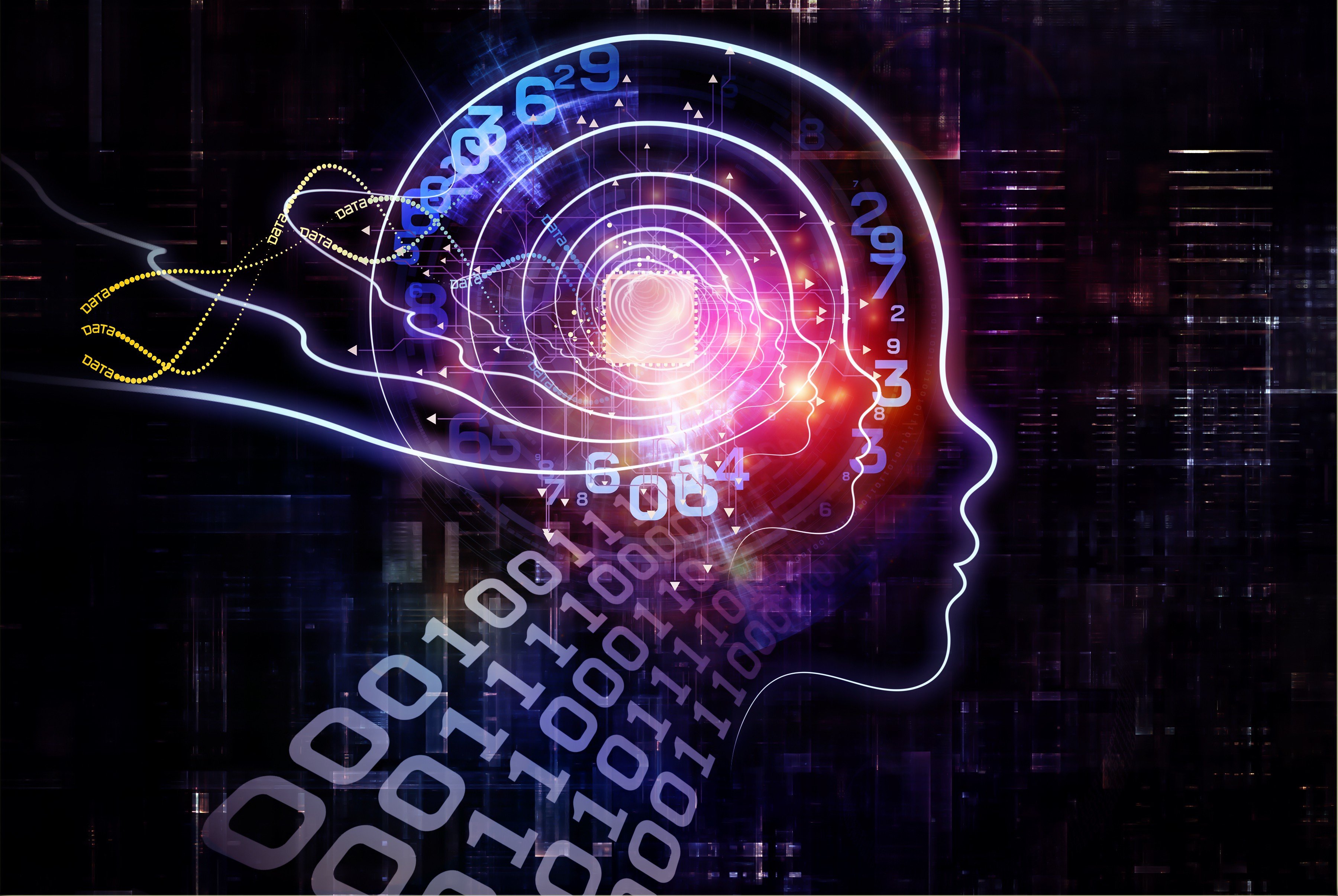Earlier this week, I was sitting in a Starbucks getting some work done while enjoying a cup of coffee. While connecting to the complementary wifi, I noticed an open connection hosted by a printer. While not divulging the contents of what I felt so compelled to anonymously print, the nature of the poem was that of a printer crying out for freedom from its duties. An otherwise ordinary piece of office equipment which had, through some anomalous spark of life, gained sentience. It had become intelligent. A humorous prank, this perhaps embodies what most of us think about upon hearing the term artificial intelligence. That, or, perhaps something more akin to skynet.
But artificial intelligence, or AI, is likely far more prominent than most people realize. Deep learning, neural networks, machine learning… all of these are words we may have heard that, at their core, are merely different aspects of the same broad concept. And it’s a concept that has silently caused a computational revolution in companies across the developed world.
How ubiquitous is artificial intelligence?
You might be surprised at exactly how much artificial intelligence affects so many aspects of your life. Ever ask Siri a question on your iPhone? Apple uses an individual neural network on every iPhone in order to become more adept at figuring out exactly what you’re asking, and how to answer. In similar fashion, if you’ve ever interacted with a chatbot while requiring customer service from your bank or some online account, you’ve probably blindly enjoyed of the fruits of natural language processing–a subset of computer science which routinely uses machine learning and neural networks in efforts to provide better service to customers while minimizing the staff that would be necessary to realistically provide such a one-on-one approach.
Google Maps uses various forms of artificial intelligence in many different ways to make your jaunt across town far less troublesome. Deep learning software analyzes imagery from Street View in order to ascribe the correct locations and names of businesses, while a host of other AI methods are constantly watching for changes in traffic patterns through aggregate collection of users’ data in order to make predictions of trip times and, if necessary, alter the path to match a more efficient route. Privacy concerns notwithstanding, we’re all thankful when we realize our humble app routed us around a 20-minute delay.
Speaking of Google, you can be certain that your everyday Google search is made far more productive and efficient by use of machine learning, through a process called Search Engine Optimization, or SEO. This is what makes what you’re looking for appear almost magically within the first few entries.
But the effect of AI on your daily life extends far deeper than that, often in ways that fade into the background. AI is making your life better on a daily basis, and you likely would never realize it unless you look for it.
Financial institutions, for instance, use artificial intelligence in many ways. Robo-advisors that make investment decisions based on their own risk assessment with minimal human intervention have been in use by companies like Schwab since the mid-2000s. Fraud detection has never been more accurate, with corporations like APEX Analytics now using advanced machine learning algorithms to identify and flag anomalies that would otherwise go unnoticed.
That last example is just one use of the slews of data collected by credit card companies every day. Another common use? Corporations work with data from credit card companies to help tailor marketing and advertising for specific demographics. But you knew there was going to be something like this!
These days, it would literally be impossible to name a complete list of all the corporations and entities that use some version or aspect of AI on a daily basis. But never is a big deal made about it… in fact, for how prominent artificial intelligence is, it seems almost hushed. Why is this?
The AI effect
When the term “artificial intelligence” was first brought upon us, it was the magical ability for computers to gain human-like sentience. It was a machine, or a collective set of machines, with a brain that thought like a human. But how much intelligence must a machine have before it’s considered intelligent enough?
Once we figure out how to make a computer beat us at chess, we tend to no longer consider it “artificial intelligence.” It’s just a set of computations, after all. Right? The standard desktop PC can beat the average player at chess.
Clarke’s 3rd law is “Any sufficiently advanced technology is indistinguishable from magic.” Artificial intelligence seems to be a moving target, because once we develop the algorithm, it ceases to be a magical concept. It exists merely as a set of mathematical rules. It’s a technology. And because we can understand it, it must not be true AI.
It’s what’s called the AI effect, and within the research and development community, the idea is summed up concisely in Tesler’s Theorem: “AI is whatever hasn’t been done yet.”
Blind no longer
But don’t be fooled! Maybe it’s not yet progressed to the level that we imagine when we think of sci-fi AI, but artificial intelligence is everywhere around us. And while many of us may be blind to its existence, it’s a constantly developing technology that is consistently making the world a better place and what we imagined AI was going to be just 50 years ago, we’ve already surpassed… just in different ways. So keep an eye out, and be open to the various bits and pieces of technology around you. You might find examples of tech that you’ve been using extensively, never realizing the intelligence that lies within.


